US Stocks: Wall St heads for mixed open as rate worries linger
Wall Street’s main indexes were set for a mixed open on Thursday as a slew of economic data pointed to resilience in the U.S. economy, likely keeping the Federal Reserve on track for aggressive interest rate hikes to tame inflation.
U.S. retail sales unexpectedly rose 0.3% in August as lower gasoline prices supported spending, data showed, in a sign that the economy could tolerate higher interest rates as the Fed tightens monetary policy.
“The economic conditions are quite good in the U.S. and it’s pretty compatible with the path of the 75-basis-point hike for the next meeting,” said Mabrouk Chetouane, head of global market strategy at Natixis Investment Managers Solutions.
“If investors are still underestimating the Fed’s determination to fight against inflation, one of the key concerns is that we’ll see volatility increase in the coming weeks.”
The CBOE Volatility index, also know as Wall Street’s fear gauge, edged up to 26.19 points, above its long-term average of 20.
The main stock indexes closed slightly higher on Wednesday after wavering throughout the session as an on-target inflation print provided relief after Tuesday’s hotter-than-expected consumer prices data sparked the biggest percentage decline on Wall Street since June 2020.
Investors fear steep rate hikes by the Fed will drive the economy into a recession, with many market observers concerned over the lagging effects of the central bank’s tightening phase.
Also Read: US stocks suffer their worst day in more than two years
Money markets are pricing in a 74% chance of a 75-basis-point hike, while placing 27% odds of a 100-bps hike next week.
The yield on two-year Treasury notes, a bellwether for interest rate expectations, touched new 14 year highs at 3.85%.
Shares of rate-sensitive growth and technology stocks slipped alongside a rise in bond yields.
Apple Inc, Meta Platforms and Tesla Inc were down 0.2% in premarket trading. Netflix Inc , however, gained 2.7% as Evercore ISI upgraded the stock to “outperform”.
At 08:53 a.m. ET, Dow e-minis were up 55 points, or 0.18%, S&P 500 e-minis were down 1.75 points, or 0.1%, and Nasdaq 100 e-minis were down 21.25 points, or 0.17%.
Union Pacific and CSX Corp jumped nearly 3% each after U.S. railroad operators and unions secured a tentative deal to avert a rail shutdown that could have hit food and fuel supplies across the United States.
Adobe Inc slumped 10.2% after the photoshop maker said it would buy Figma in a cash-and-stock deal that valued the online design startup at about $20 billion.
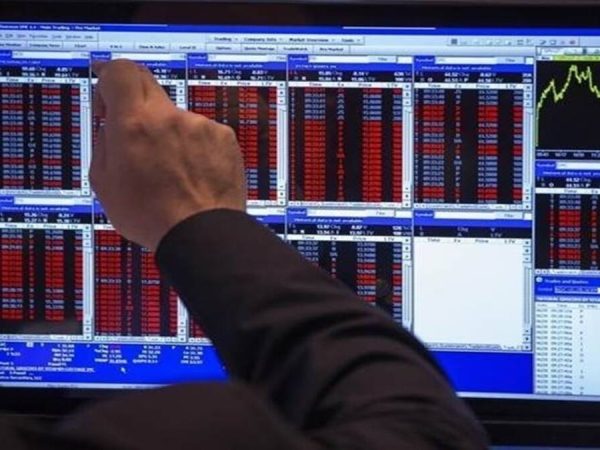
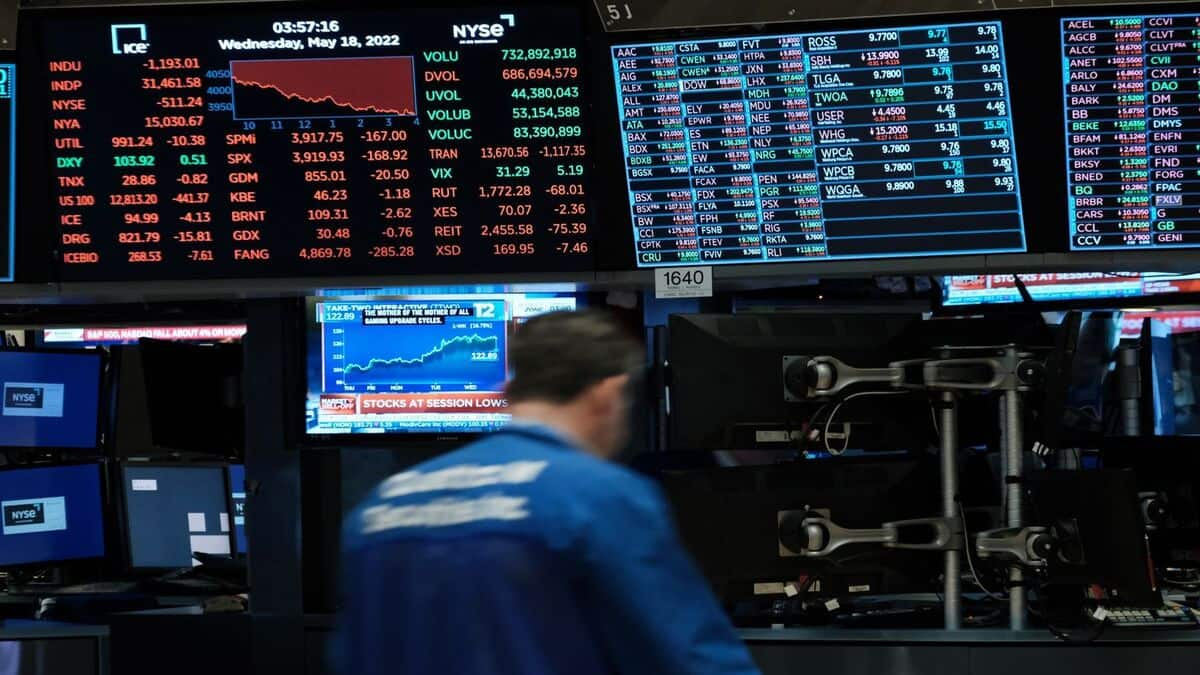


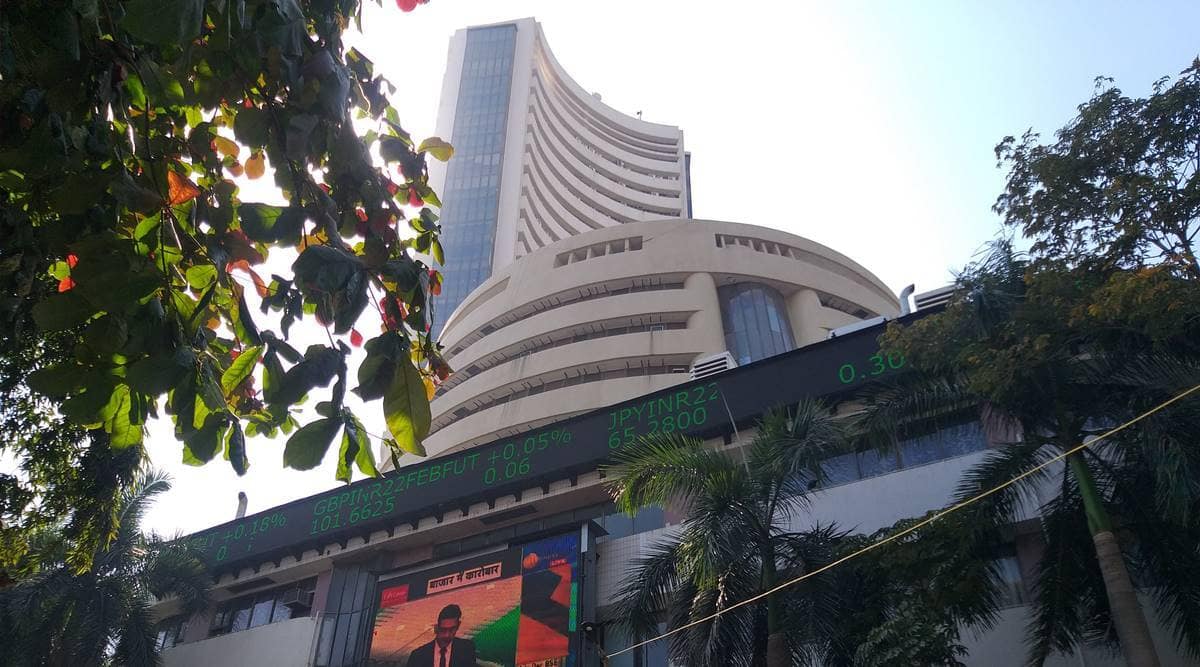
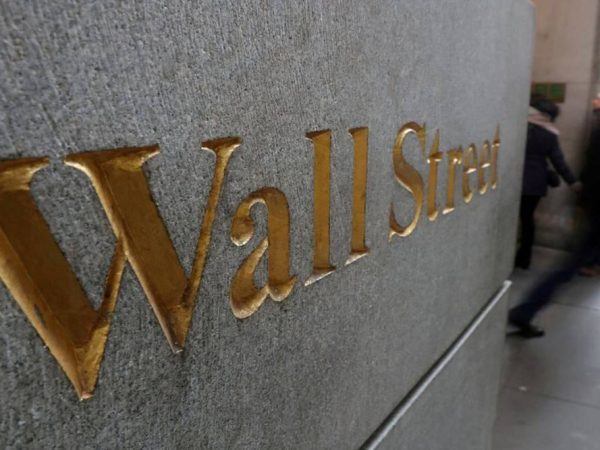
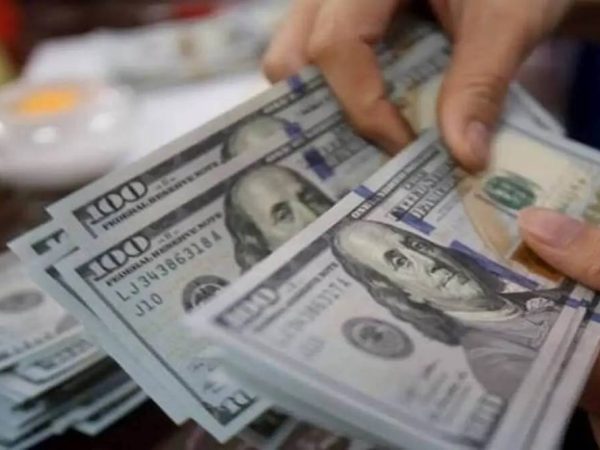

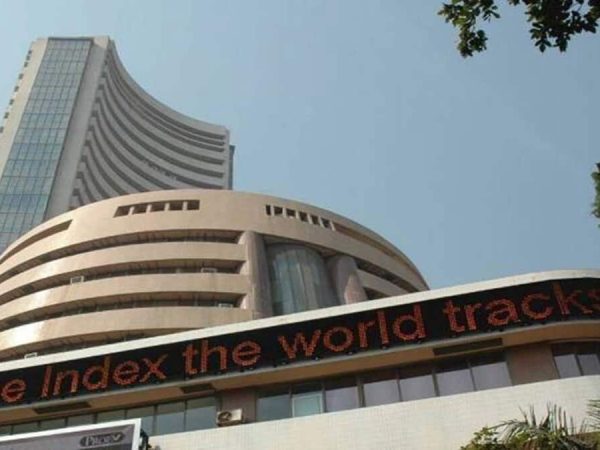
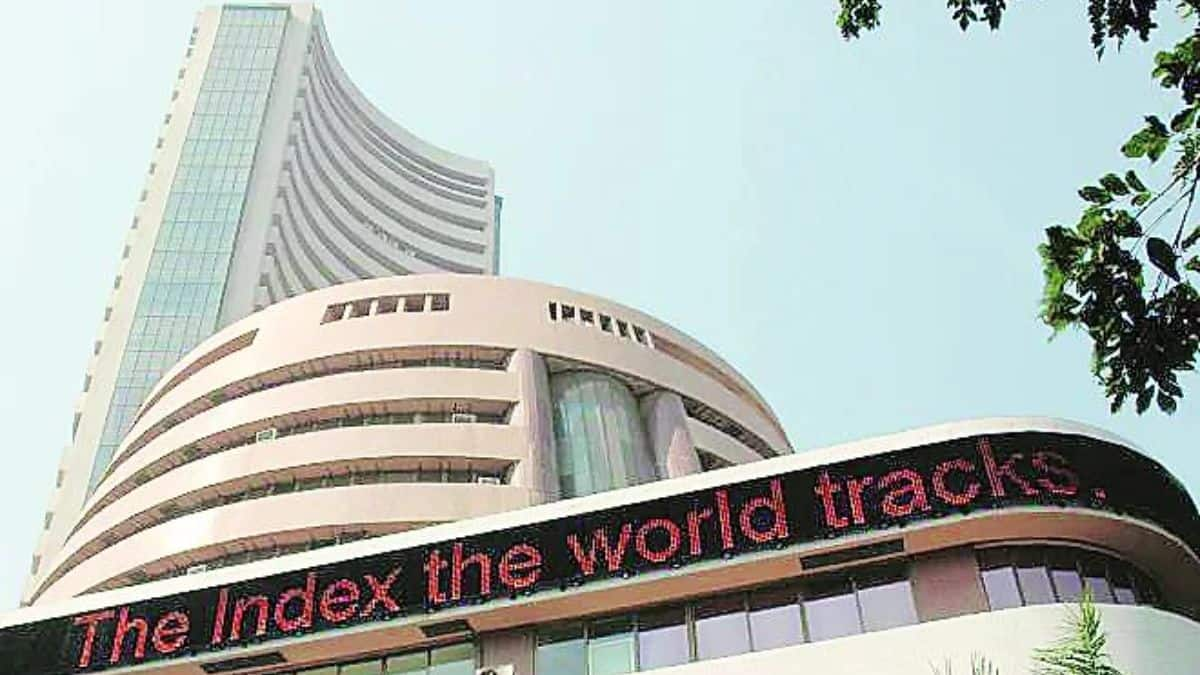
Recent Comments